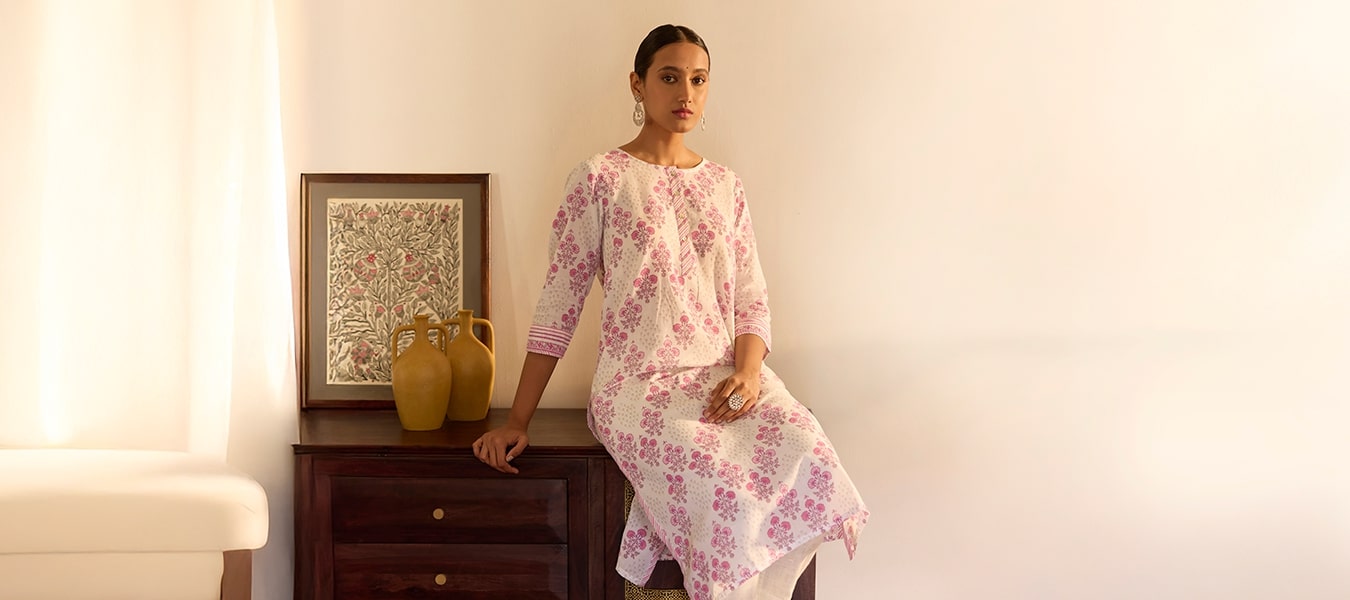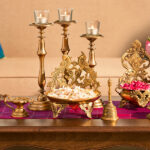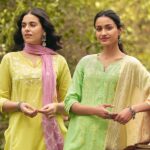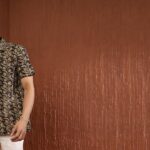India’s textile tradition is a treasure trove of rich and diverse craftsmanship. Among the many printing techniques that have stood the test of time, block prints and Dabu prints are two iconic styles that have captured the hearts of fashion enthusiasts across the globe. Both these techniques showcase the skill and dedication of artisans, but they are distinct in their processes, aesthetics, and appeal. Whether you’re drawn to the intricate vibrancy of block prints or the earthy charm of Dabu prints, understanding the differences between these two forms of artistry can help you appreciate their uniqueness.
Let’s delve into the details of these age-old printing methods and explore what makes each one special.
What Are Block Prints?
Block printing is a traditional method of decorating fabric using carved wooden blocks. The process is relatively straightforward but requires precision and expertise:
Artisans carve intricate designs onto wooden blocks, creating patterns ranging from florals to geometric shapes.
These blocks are dipped in dye and pressed onto the fabric, leaving behind a beautiful imprint.
Some block-printed designs involve layering different colors and motifs to achieve a multi-dimensional and vibrant look.
Block prints are versatile and widely used in creating elegant shirts, kurtas, sarees, and more. Their bright and intricate designs make them timeless and popular across various styles of clothing for both men and women.
What Are Dabu Prints?
Dabu printing, on the other hand, is a labor-intensive mud-resist dyeing technique that originated in Rajasthan. Here’s how it works:
Artisans create a paste using mud, lime, and natural gum, which is applied to the fabric using wooden blocks to create patterns.
Once the paste dries, the fabric is dipped into dye. The areas covered by the mud resist remain uncolored, resulting in beautiful designs.
After dyeing, the fabric is washed to remove the mud paste, revealing the intricate motifs in earthy and rustic tones.
The use of natural dyes and the mud-resist technique gives Dabu prints their distinct aesthetic, characterized by organic, understated patterns and colors. These prints are often seen in men’s Dabu printed kurtas, women’s Dabu print kurtis, and shirts, blending tradition with modern appeal.
Key Differences Between Block Prints and Dabu Prints
While both block printing and Dabu printing are handcraft techniques, they differ in several key aspects:
1. Technique:
Block printing uses carved wooden blocks to directly stamp designs onto fabric, whereas Dabu printing involves applying a mud-resist paste before dyeing the fabric.
2. Aesthetic:
Block prints are known for their bright, intricate designs with layered colors, while Dabu prints have a more earthy and rustic appeal, often in natural tones.
3. Process:
Block printing is relatively faster, while Dabu printing is labor-intensive, involving multiple stages of resist application, dyeing, and washing.
4. Origin:
Block printing is practiced widely across India, while Dabu printing has its roots in Rajasthan.
5. Durability:
Both techniques result in long-lasting designs when properly maintained, but Dabu-printed fabrics require extra care due to their use of natural dyes.
Sum up
Both block prints and Dabu prints celebrate India’s artistic heritage in their own unique ways. While block prints captivate with their vibrant intricacy, Dabu prints stand out for their rustic charm and eco-conscious craftsmanship. If you’re looking to add an elegant touch to your wardrobe, explore Fabindia’s exclusive collection of Dabu and block printed styles for both men and women. Discover the beauty of India’s artisanal crafts and make a statement with your attire.











